While the Czechs were busy inventing the robot, the Poles were focused on conquering the moon. Is this a joke? No!… well, yes. Sorry.
But still, there’s something to that. While a hundred years ago, Czech writer Karel Čapek introduced the world to the word “robot,” Poles were reading “Na Srebrnym Globie” (“On the Silver Globe”). First published in 1903 and turned into a trilogy by 1911, it was a science-fiction novel by Jerzy Żuławski with trouble in its genes – passed down by generations, literally.
“On the Silver Globe. The Moon Manuscript” tells the story of the first human expedition to the moon, seen from the perspective of one of its members writing the book as his diary. In a small lunar rover, they travel the vast space of the satellite, hoping to find a hospitable environment on the dark side of the moon.
It works out for them. The survivors of the dangerous mission settle in the moon’s atmosphere, forming an egalitarian community. This degrades over time into a despotic society, having suffered to that from neurodegenerative issues – as all the society’s members have the same female protoplast. The utopic ideas are confronted with dystopic results, adding some pessimism to the positivist discourse of the early 20th century.
Andrzej Żuławski, the Polish-French prodigy
Seven decades passed, and “On the Silver Globe” turned out to be still very much alive – as there was a director interested in adapting the book to screen. By no coincidence, it was one of the most famous Polish directors of the time, Andrzej Żuławski. In his mid-thirties when the shoot began, Andrzej Żuławski was the great-nephew of Jerzy, the book’s author.
A prodigy child of the Polish movie school of the time who made his debut as a second director under renowned director Andrzej Wajda, Żuławski soon courted scandal for his movies. Polish authorities shelved his film “Devil” for marrying controversial social standpoints with openly pornographic depictions. By the time he made his next important movie, he had moved to France. “The Most Important Thing: Love” depicts the underground pornography industry. Despite his commercial and artistic success, the director returned to Poland and took up his most important and most problematic work, “On the Silver Globe.”

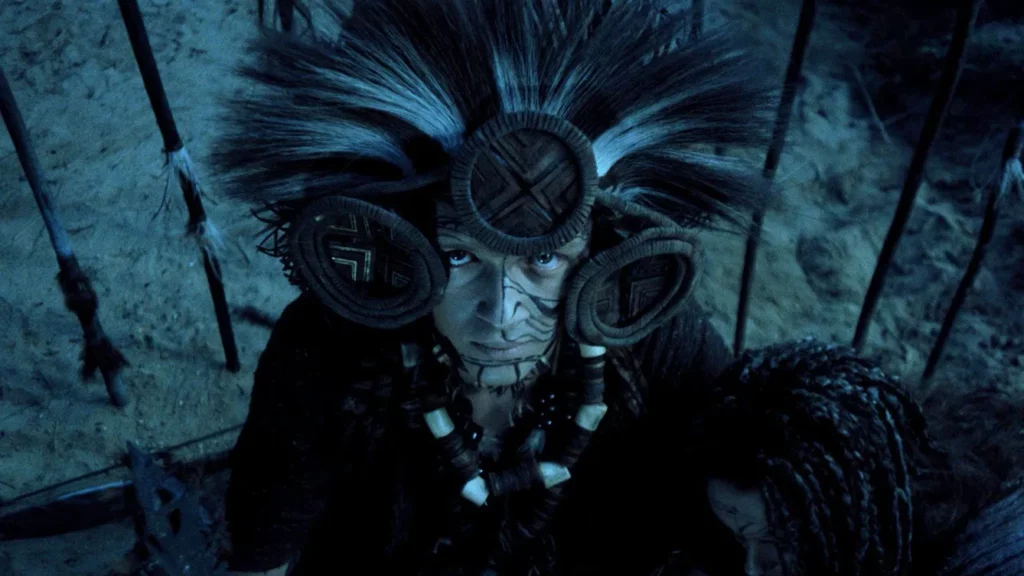
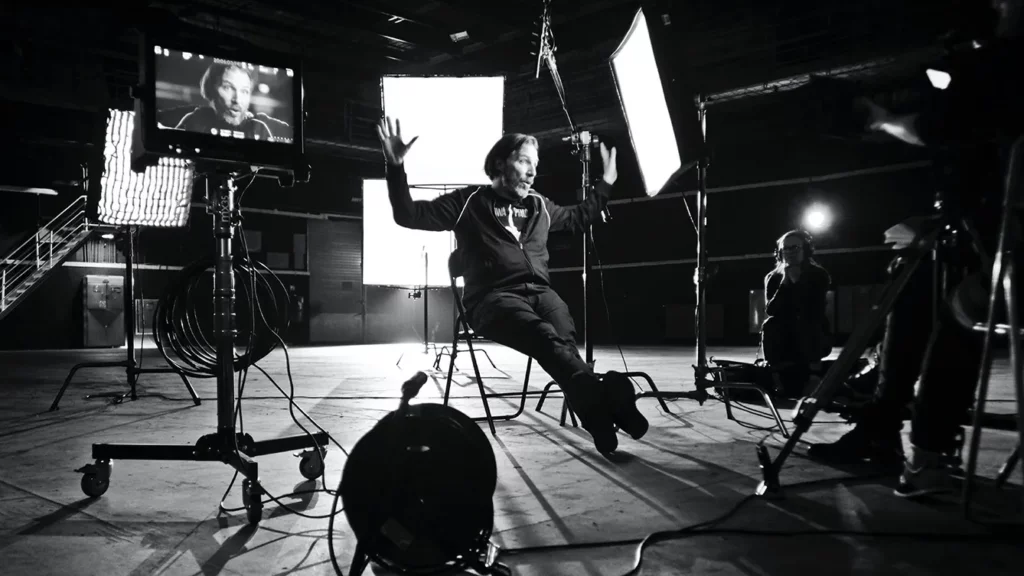
Andrzej Żuławski’s “2001”
The 2021 documentary “The Escape to Silver Globe” (available on Netflix as of press date) describes the project as one of the most notable in the Polish cinema golden age of the 1970s. Some interviewees compare it to an ahead-its-time “Star Wars,” though frankly, the scope and thickness of the plot put the (potential) movie more in line with Stanley Kubrick’s “2001: A Space Odyssey.”
And as far as the cinematography is concerned, the closest comparisons would be the wildest David Lynch movies. The space colony is, in Andrzej Żuławski’s eyes, the heart of darkness. It’s a mad, theocratic society based on its own terms, having lost all connection to its original culture (until the expedition finds them). Theatrical and philosophical, it could have been among the most important achievements of Polish haute cinema.
But that was not its fate for numerous reasons. First off, after literal years of filming, the project was put on hold at a point when it was around 80 percent complete. The shoot had already cost a fortune, with locations like the Mongolian steppe, the Caucasus, and the underground Wieliczka salt mine eating up the budget.
The actors were extremely tired – the salt mine scenes alone required a daily walk, in full makeup and costume, partly naked in very low temperatures, supervised by miners, for a day’s work in an inhospitable location. Żuławski was famously brutal in forcing actors to go far beyond their comfort zones.
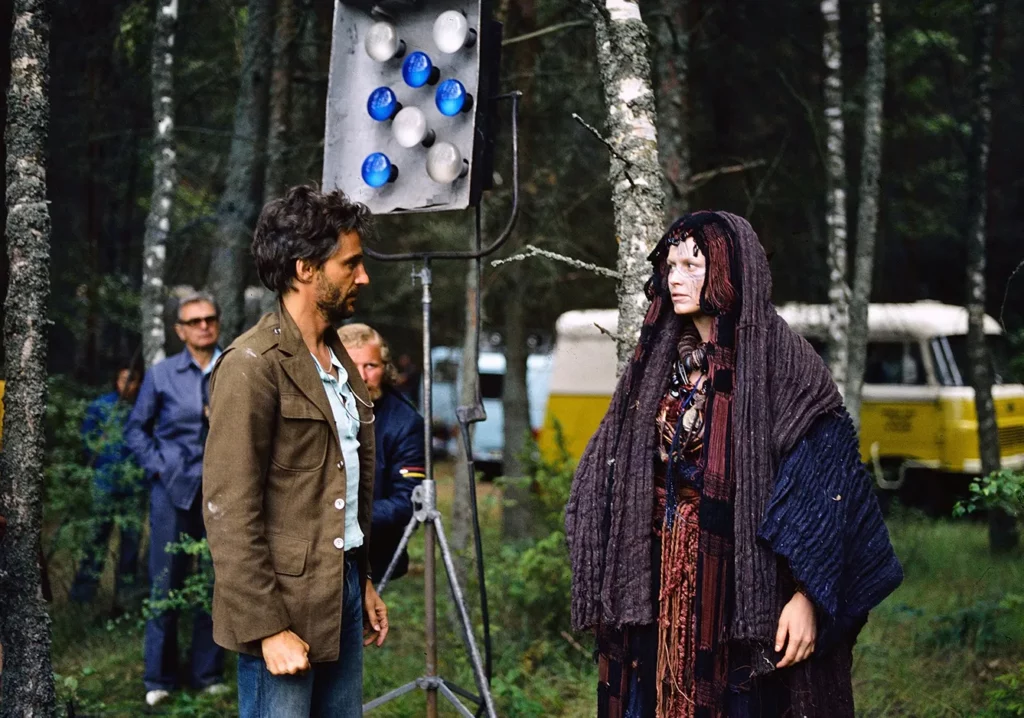
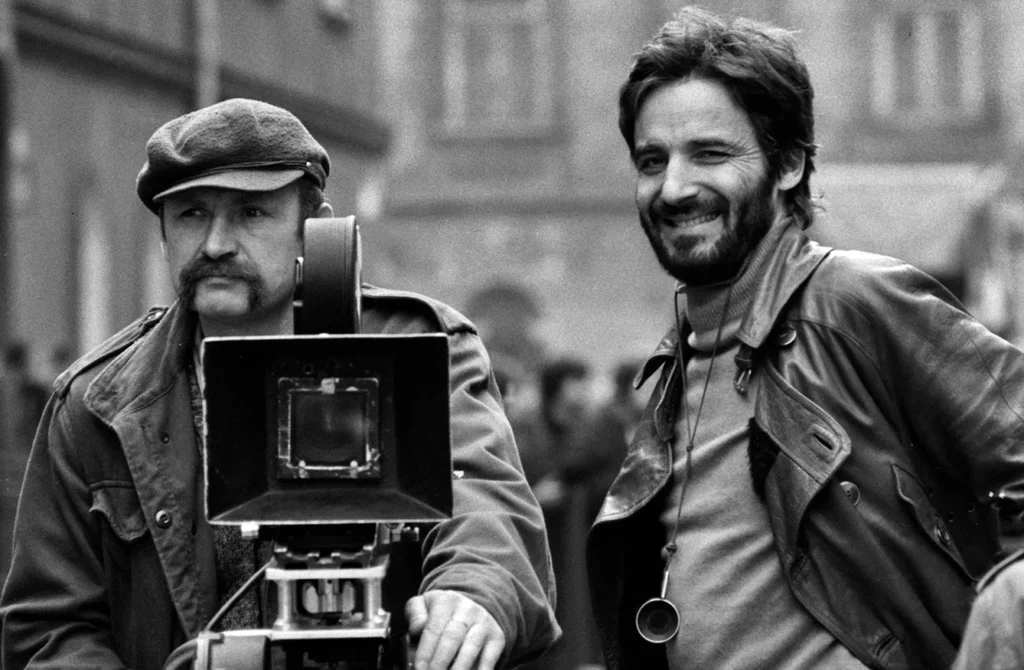
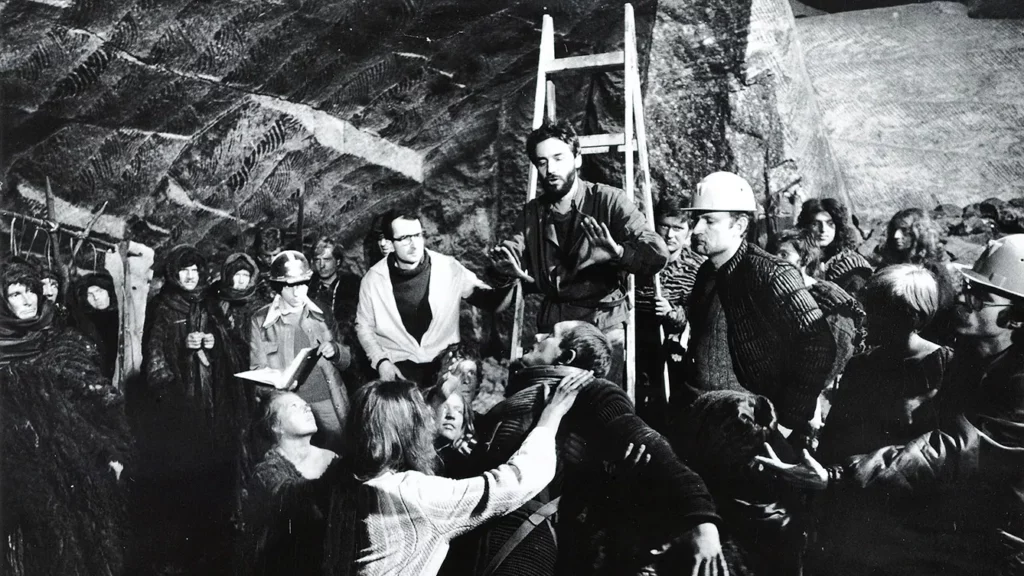
The Silver Globe strikes back
The movie was on hold for over a decade. In 1988, Żuławski, who had chosen to start his career anew in France after what he considered a humiliating defeat, returned to Poland just as communism was collapsing to renegotiate the production.
The film was finally released, but the missing twenty percent is really peculiar. By that point, it was technically impossible to finish the film – the actors were older and perhaps unwilling to assist in the sadist director’s endeavor, and the locations were too expensive and possibly inaccessible. So the director took a unique path.
In “On the Silver Globe,” released finally in 1988, the missing scenes are replaced by… the director simply roaming the streets of Warsaw and Kraków in present times. The director, holding a handheld camera, kindly introduces himself to the audience and briefly explains the situation, offering to fill the narrative gaps. His steady voice describes the missing scenes – what should have happened but was never filmed. What we get is a walk with a director, sharing his hopes in the past tense.
“On the Silver Globe” has now been digitally restored and is occasionally available on streaming platforms. Its recent comeback was inspired by the 2021 documentary, which even features Andrzej Żuławski’s son Xawery, another generation of filmmakers in the artistic family. The original movie’s cinematography – camera, stage setting, and locations – makes you hope to someday see a finished masterpiece of this space opera to rival “2001”.
Alas, on that front, all hope is likely lost.







